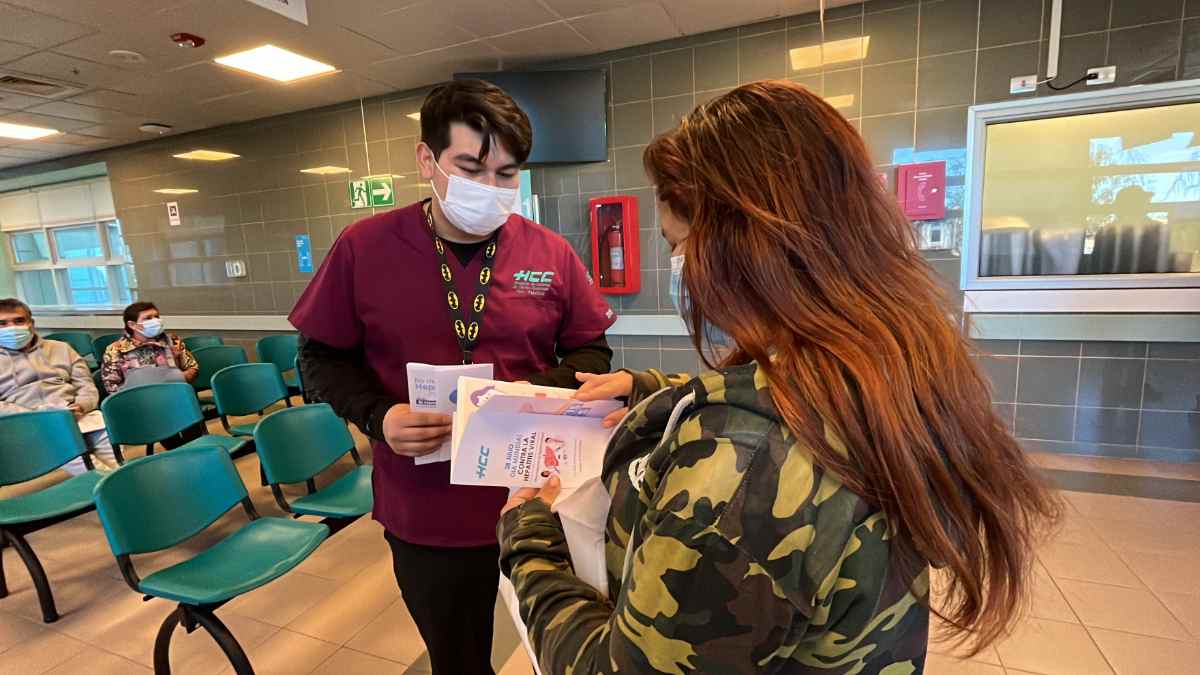
To mark World Hepatitis Day, Dr. Calamacarlos Cisternas Hospital (HCC) and its Laboratory Epidemiology Unit launched an awareness campaign for users and staff of the facility.
Hepatitis is a viral disease that causes high morbidity and mortality worldwide. An estimated 57% of cirrhosis cases and 78% of primary liver cancer cases are caused by the hepatitis B and C viruses.

Hepatitis B visits are on the rise at Calama Hospital and for the same reason they call for serious prevention on this day. “It is very important for the entire hospital community to provide prevention, to provide education about emerging hepatitis viruses, especially as they are emerging diseases. Hepatitis B is currently prevalent and the mode of transmission is mainly sexual. Out of For the same reason, the prevention method is the use of condoms”, explains Luis Sepúlveda, medical technologist at the HCC Laboratory Unit.

Hepatitis A is spread through food or water contaminated with the feces of an infected person, mainly in children and adults. Hepatitis B can be spread through sexual contact, injecting illicit drugs, or sharing needles. Hepatitis C can occur in people who have received blood transfusions, transplants, or who need blood components.
“Prevention mechanisms are always universal, such as for hepatitis A, wash your hands frequently before and after going to the toilet; eat cooked vegetables when cooking, and if you are going to eat out, do it in a fixed place. For hepatitis B, it is about maintaining safe sex Behavior, do not use syringes, do not touch contaminated blood. If our community develops any symptoms of this type of hepatitis, they should promptly consult a doctor”, added María Alejandra Araya, Head of Epidemiology at Calama Hospital.
Hepatitis, the inflammation that occurs when the liver is injured or infected, can cause permanent damage, so prevention and prompt medical attention are important. Since 2010, the disease has been included in the Defined Health Security (GES) model.
“Generally, some of the symptoms (as they are different types of hepatitis) are abdominal pain, nausea, vomiting, yellowing of the skin, which is jaundice. Complications are usually liver failure, and of course transmitting the disease to other people Therefore, it is very important for people to be able to consult in time. Finally, we call on people to understand what hepatitis is so that it can be prevented correctly.” The person in charge of epidemiology said.

